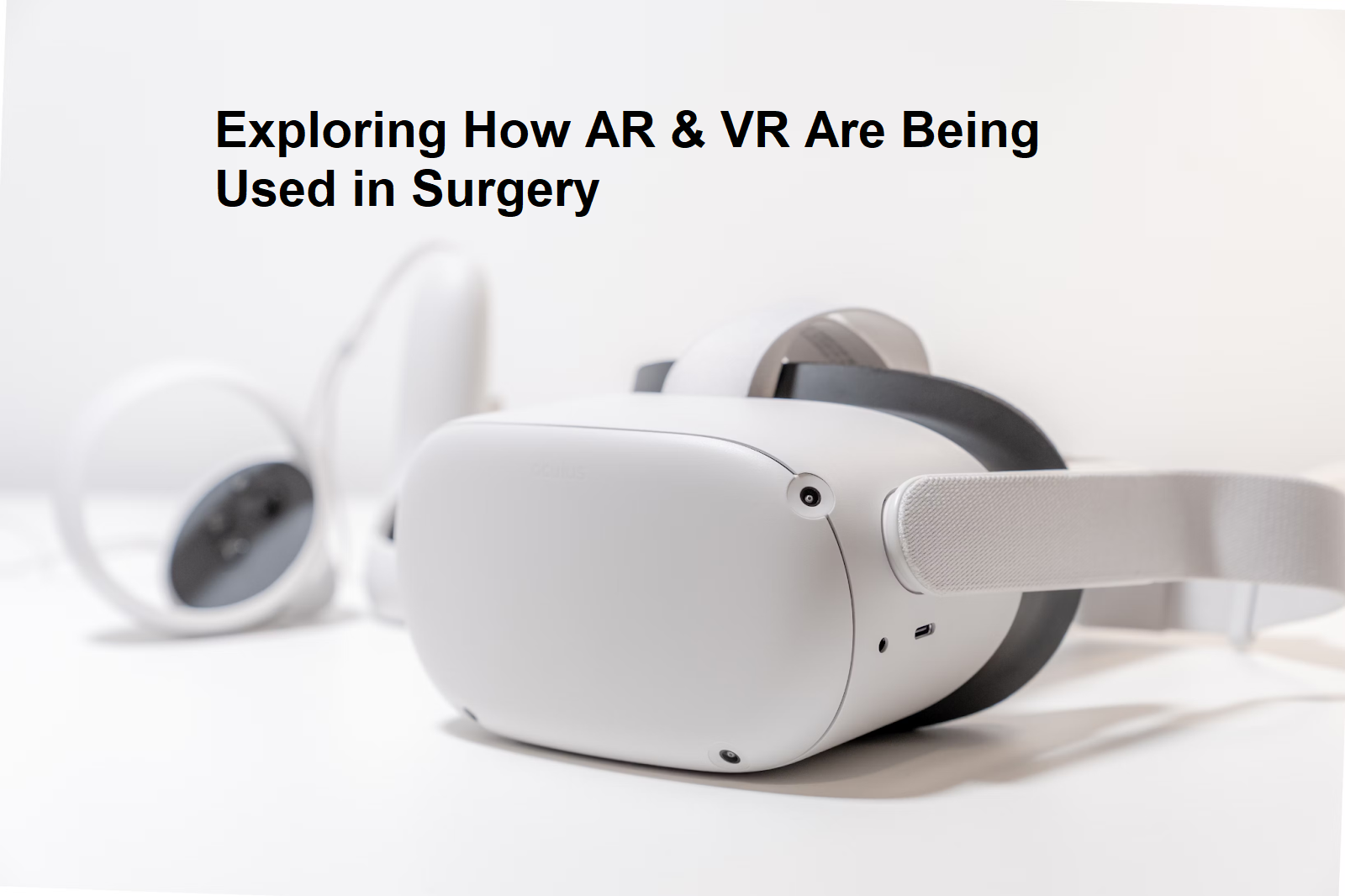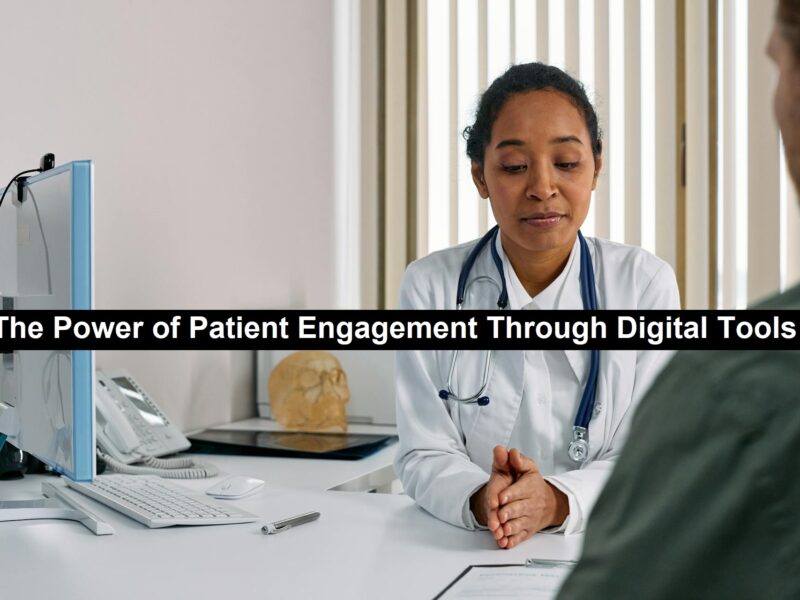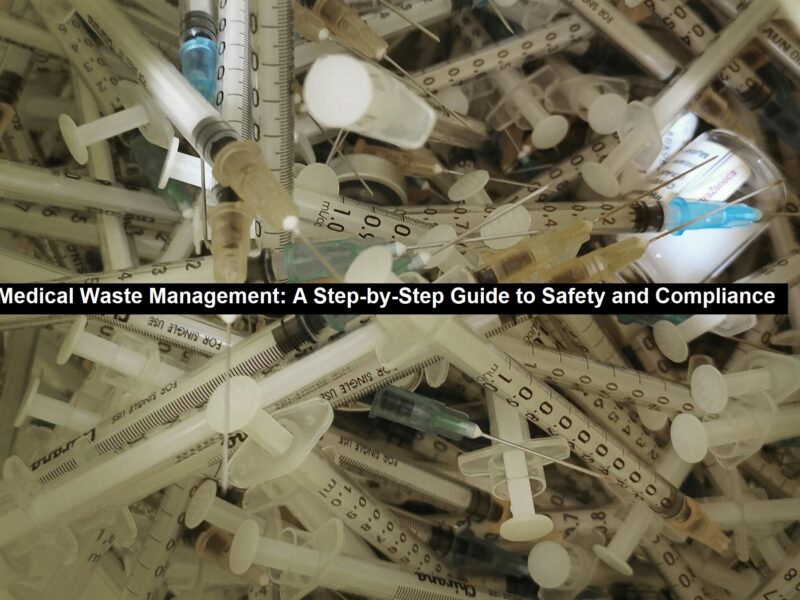After years of gradual development, immersive technologies like Augmented Reality (AR) and Virtual Reality (VR) experienced a surge in popularity after 2020, pushing them into the hands of everyday users and paving the way for mixed reality (MR). These technologies offer ultra-realistic capabilities, as users can experience psychological and physical emotions through real-life situations.
This new technology has brought about unlimited possibilities for the medical industry, as it offers unmatched precision, immersion and connectivity. It can have an impact on various aspects of medicine, including training, surgical planning and the surgery itself. The use of AR and VR in surgery should only continue to increase.
In this article, we will explore how AR and VR are being used in surgery and whether using these technologies is a good thing for the medical landscape.
The Impact of AR and VR in Surgical Practices
Pre-op planning
Examining 3D anatomical structures for pre-op planning has been made a lot easier with the use of new AR and VR technologies. It provides surgeons with a more immersive and interactive understanding of the patient’s anatomy, as it allows them to use a different style of training.
Medical scans can now be made into 3D models, which allows surgeons to get a better look at their patient’s anatomy to figure out any potential challenges that might occur during surgery. Virtual rehearsals can also be conducted through VR with a real-life copy of a patient’s anatomy, which can help surgeons refine their approach, identify problems and optimise surgical strategies.
Intraoperative guidance
One problem with traditional surgery is that surgeons often have to turn away from the screen to view digital scans. AR eliminates the need for this, as surgeons can view inside images instantly.
There was a groundbreaking procedure that took place at Baltimore’s Johns Hopkins University School of Medicine where AR was used to remove a malignant tumour from a patient’s spine. This set a strong precedent for the future of surgery and medicine, as it was doubted that AR could be used effectively for a surgical procedure. The neurosurgeons responsible received high praise for the procedure and it has opened the door for AR and VR to be used more in surgery.
Education and training
VR labs are becoming more common in the medical field. Trainees can practice complex procedures in realistic virtual environments, even if they don’t have the experience required. The constant replication of different scenarios and techniques will allow inexperienced surgeons to develop essential surgical skills without risking a real patient.
VR simulations can also feature haptic feedback, allowing trainees to feel the actual resistance of tissues and instruments. This is essential in making the experience as realistic as possible by mimicking real-life surgical scenarios and improving hand-eye coordination. This can be especially useful for cosmetic surgeries, such as facelifts. In London, VR has been successfully trialled in several aspects of surgery to ensure that it is safe for both medical and cosmetic surgery.
Read: Exploring the Role of Cardiology and Laboratory Billing Services in Ensuring Healthcare Compliance
Connecting remote medical teams
Remote collaboration has become more common with the use of AR and VR, allowing them to share insights, knowledge and opinions about different procedures. This can be done in real-time and minimises the requirement for surgical PPE, which hasn’t been as abundant in the past few years.
AR overlays can also project real-life data, vital signs and medical scans directly onto a patient in an examining room. This medical device tracking allows remote specialists to visually examine the patient alongside the surgeon to offer better collaboration possibilities.
Dental surgery accuracy
Dental surgery has been heavily impacted by the use of AR and VR. Dental implantology and orthognathic surgery are two aspects of dental surgery that use these technologies, as virtual planning can help increase accuracy.
AR specifically can display tooth implant positioning directly in the surgeon’s field of vision and act as a real-time guide during the procedure. This adds an extra layer of protection for the patient, as the surgeon gets some assistance during the dental procedure.
Surgical challenges of AR and VR
Although there are many benefits to AR and VR in surgery, it’s important to outline the challenges that come with them. Using this new technology can be complex to integrate into some surgical procedures and it can also be difficult to learn, especially for experienced surgeons who are not familiar with the technology. Creating an environment where the technology seamlessly interacts is possible, but it can be a challenge to get it to interact with the existing technology.
The initial costs of implementing AR and VR can be high, and although they have long-term value and benefits, the large upfront fees can be too expensive for some medical centres. On top of this, there are costs for maintenance, software and hardware that can all add up and make it difficult to implement everywhere.
However, the positives of using AR and VR in surgery outweigh the drawbacks. The new technologies will continue to be used in different aspects of surgery, like facelifts and will likely be the go-to solution for streamlined surgery.



